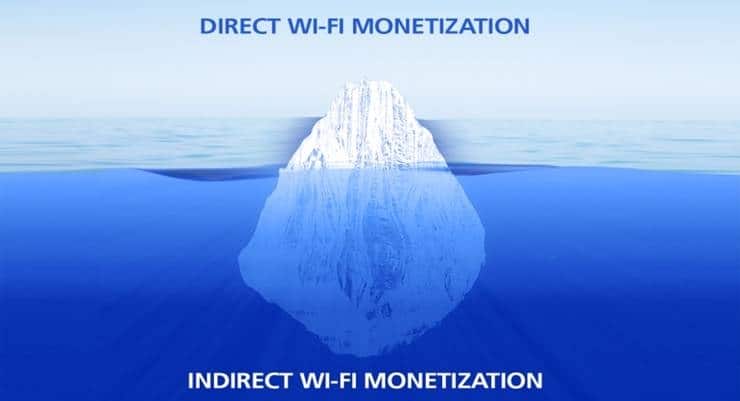This has been a big year for the wireless industry, as Wi-Fi Calling has continued to shake things up for carriers. Old business models have gone by the wayside. Carriers have had to rethink their strategies as they strike to stay ahead of competition, and meet user expectations. In talking to hundreds of carriers this year, we anticipate the following trends to be big in 2016:
#1: MONETIZING WI-FI IS PRIORITY #1
The biggest prediction we see for 2015 is a strong focus on monetizing Wi-Fi. Wi-Fi has always been an important part of a service provider’s offering. Yet once Wi-Fi Calling burst onto the scene, suddenly Wi-Fi became a must-have, not just a nice-to-have. Users, who always saw Wi-Fi as a free amenity, now expect not just any old Wi-Fi service but carrier-grade Wi-Fi. Carrier-grade Wi-Fi means no dropped Wi-Fi calls, crystal clear Wi-Fi calls, and fast Wi-Fi that’s always available wherever they are.
#2: INDIRECT WI-FI MONETIZATION GAINS TRACTION
Paul Mikkelsen,
CEO,
Aptilo Networks

Direct monetization of Wi-Fi has given us new, creative business models. For example, social media logins create mounds of important data crucial to marketing and sales efforts. But this form of direct monetization is still only the tip of the iceberg for larger operators. For them, indirect monetization is crucial to address their biggest threat: churn.
#3: CARRIERS USE WI-FI TO REDUCE CHURN
Carriers lose big when users abandon ship for a competitor. The cost of churn is typically around 15-20% of mobile service revenue, and for larger carriers that can be a very expensive loss. More carriers are starting to address the issue of churn with Carrier Wi-Fi. Wi-Fi Calling gives them an ideal platform for it: users demand outstanding Wi-Fi. Provide it to them or they’ll leave.
2016 Trends and Outlook Polls
#4: B2B WI-FI DEPLOYMENTS TO OVERCOME A SATURATED MARKET
Operators will be building relationships with venues and enterprises quickly in 2016. These B2B relationships with, for example, sports venues (as in Venue Wi-Fi) gives operators more footprint ASAP. It also creates opportunities to monetize Wi-Fi through attractive B2B services. These B2B deployments are operators’ safest bet to create growth in an otherwise saturated market.
#5: NFV VIRTUALIZATION ARRIVES IN FULL FORCE
In most of the RFPs and RFQs we see, NFV is becoming a requirement for most operators. Some will adhere to industry specifications, others won’t, and this will cause friction.
#6: IOT GAINS TRACTION
IoT is exciting, but it’s still in its infancy stage. I spoke to a colleague at a major carrier not too long ago who said he had never heard of “this term IoT.” Yet when we discussed further, he said, “Oh sure, we’ve been developing Wi-Fi solutions that work with products for 15 years.” So there’s a misperception out there that doesn’t match the hype with what’s going on even now. Yes, the excitement is there for IoT, and so are the opportunities. In 2016 IoT will continue to gain traction but it’s still going to take some time for this to come to fruition.
About The Author:
Paul has more than 20 years of experience in international telecommunication and IT and was part of Aptilo Networks’ founding team in 2001. Prior to Aptilo he was Director of Business Development at Axis, responsible for the European market for the Mobile Internet Division. Paul held different executive positions in marketing and business during 10+ years at Ericsson. While there, based in Kuala Lumpur, he was responsible for fixed public operator business for the region. Paul holds a Bachelor of Business Administration and Economics from the University of Örebro, Sweden.



















